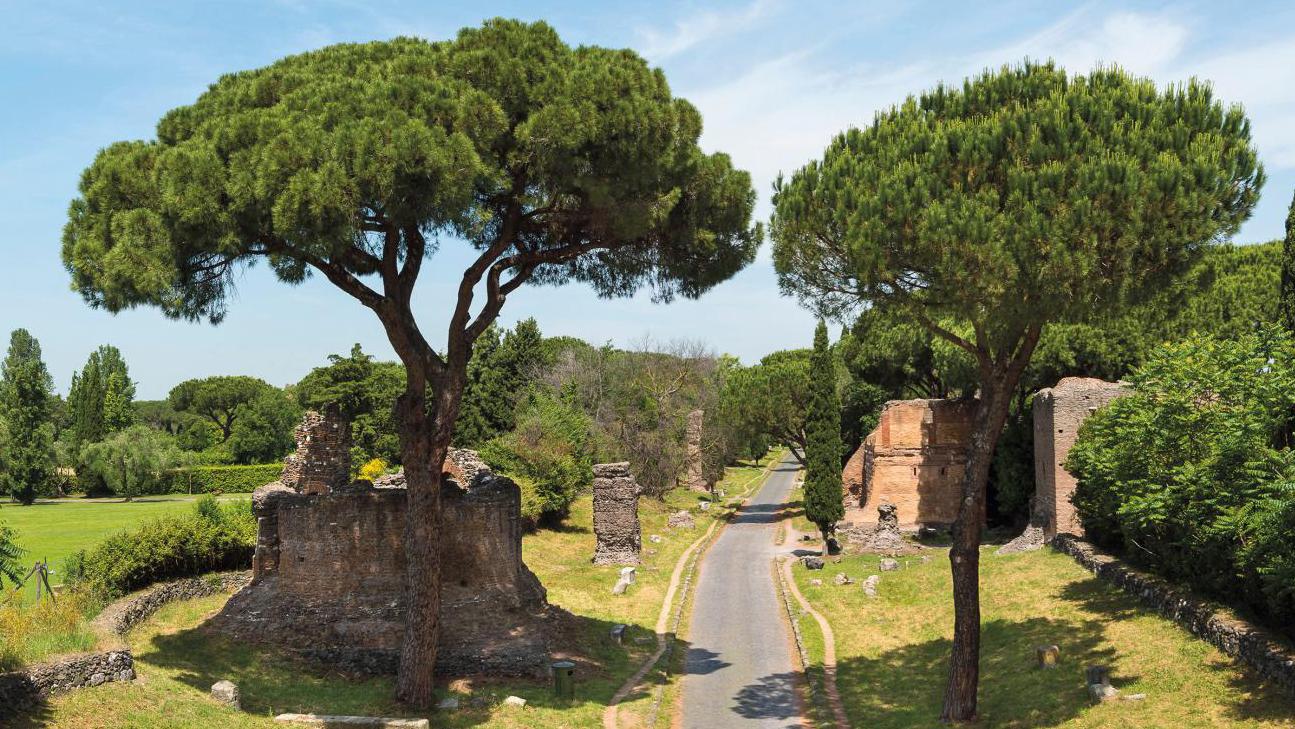From Rome to Puglia: The Renaissance of the Appian Way
Published on , by Olivier Tosseri
Ancient Rome’s oldest and most famous road is now the heart of a major archeological park.
The Appian Way at Quinto Miglio
© Archivio Parco Archeologico Appia Antica
The Appian Way—the Via Appia in Latin and Italian—is the boot’s lace, a 2,000-year-old, over 500-kilometer/311-mile-long paved ribbon from Rome to Puglia’s port city of Brindisi. One of the origins of the expression “all roads lead to Rome”, the Appian Way was built in 312 BCE by Appius Claudius Caecus and named after him. An amazing engineering feat, the regina viarum (“queen of roads”) was the model for the more than 12,000 kilometers/7,456 miles of roads crisscrossing the Roman Empire. In January 2023, the Italian government officially applied to have the Appian Way added to the UNESCO World Heritage List. It has invested about €20 million to restore, preserve and improve 22 stretches of the ancient road. From the Realm of The Living to That of the Dead Few, if any, other roads have more religious, artistic and historic associations: Saint Paul the Apostle walking to Rome c. 65 CE, Crusaders traveling to the Holy Land, convoys of merchants connecting Europe to Asia and columns…
.png)

No comments:
Post a Comment